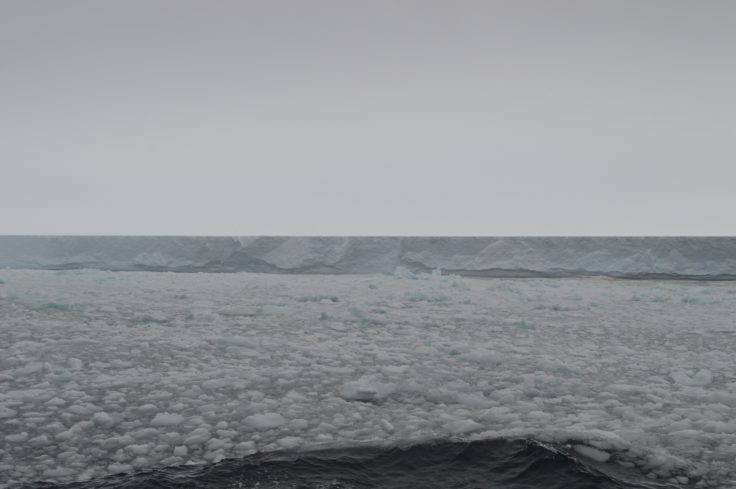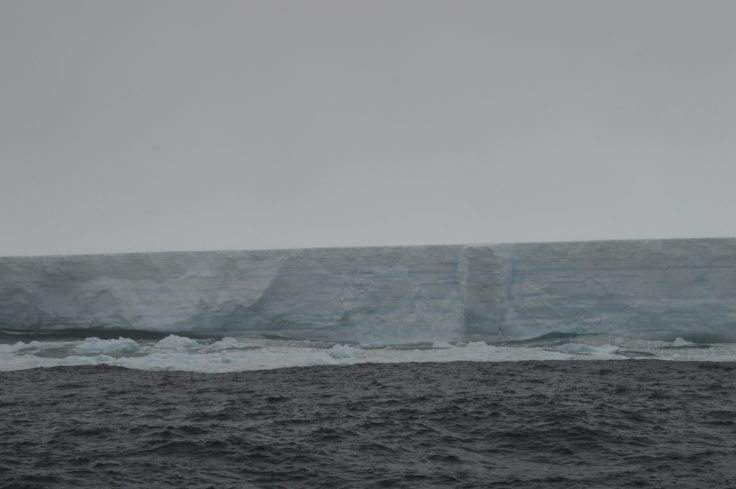First Aerial Images of Earth’s Biggest Icebergs That are ‘On The Run’
The first-ever aerial images of the Earth’s two biggest icebergs that broke off from Antarctica’s Ice Shelf have been published. Each could take decades to melt.
On March 13, the British Antarctic Survey (BAS) published aerial photographs and footage of the two enormous icebergs.
Scientists are closely tracking the two icebergs that are currently “on the run” and pose a threat to shipping, fishing, and wildlife.
The Size of London
One of the icebergs, called the A81 iceberg, broke off or “calved” from the Brunt Ice Shelf in late January.
The A81 iceberg measures 1,550 square kilomeeters which is approximately the same size as Greater London in the U.K. It is now floating approximately 93 miles (150 kilomeeters) away from where it began, after spinning around and heading south.
![]()
![]()
![]()
![]()
This is the first time the A81 iceberg has been photographed aerially. The images show the dynamic nature of the iceberg surrounded by smaller icebergs that also broke away.
The Largest Floating Iceberg on Earth
Meanwhile, the A76a iceberg is almost twice its size and is the largest floating iceberg on the planet. The A76 measures approximately 3,200 square kilomeeters and is shaped like a giant ironing board.

The large chunk of ice is the largest one of three pieces from the A76 iceberg which broke away from the Filchner-Ronne Ice Shelf in May 2021. According to the BAS, the A76a iceberg is heading towards the gap between the British overseas territories of the Falklands and South Georgia.

There are concerns that the A76a could move east towards South Georgia and get stuck in the shallow waters of its continental shelf, or potentially head for the nearby islets known as Shag Rocks.
Potential Threat
Enormous icebergs like the A76a and A81 can take decades to melt and disappear, so they will be a potential threat for some time yet.
When icebergs melt, they inject huge volumes of fresh water into the sea, disrupting the ecosystem for some organisms. The melting also releases mineral dust from when it was part of an Antarctic glacier. This dust is a source of nutrients that will spur life in the open ocean.
As well as the ecological impact, icebergs in the South Georgia region can present a great risk to local vessels.
Image credits: All photos by British Antarctic Survey (BAS).